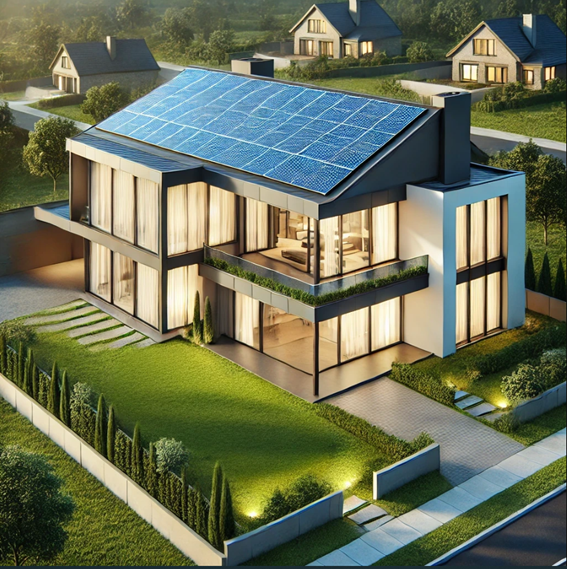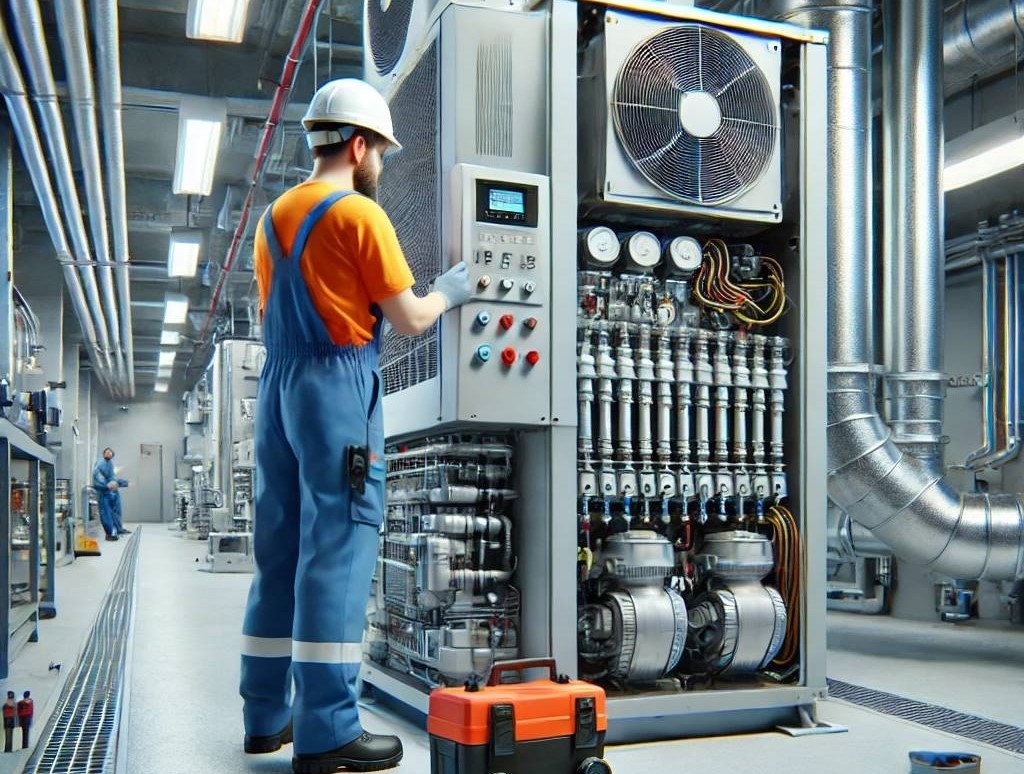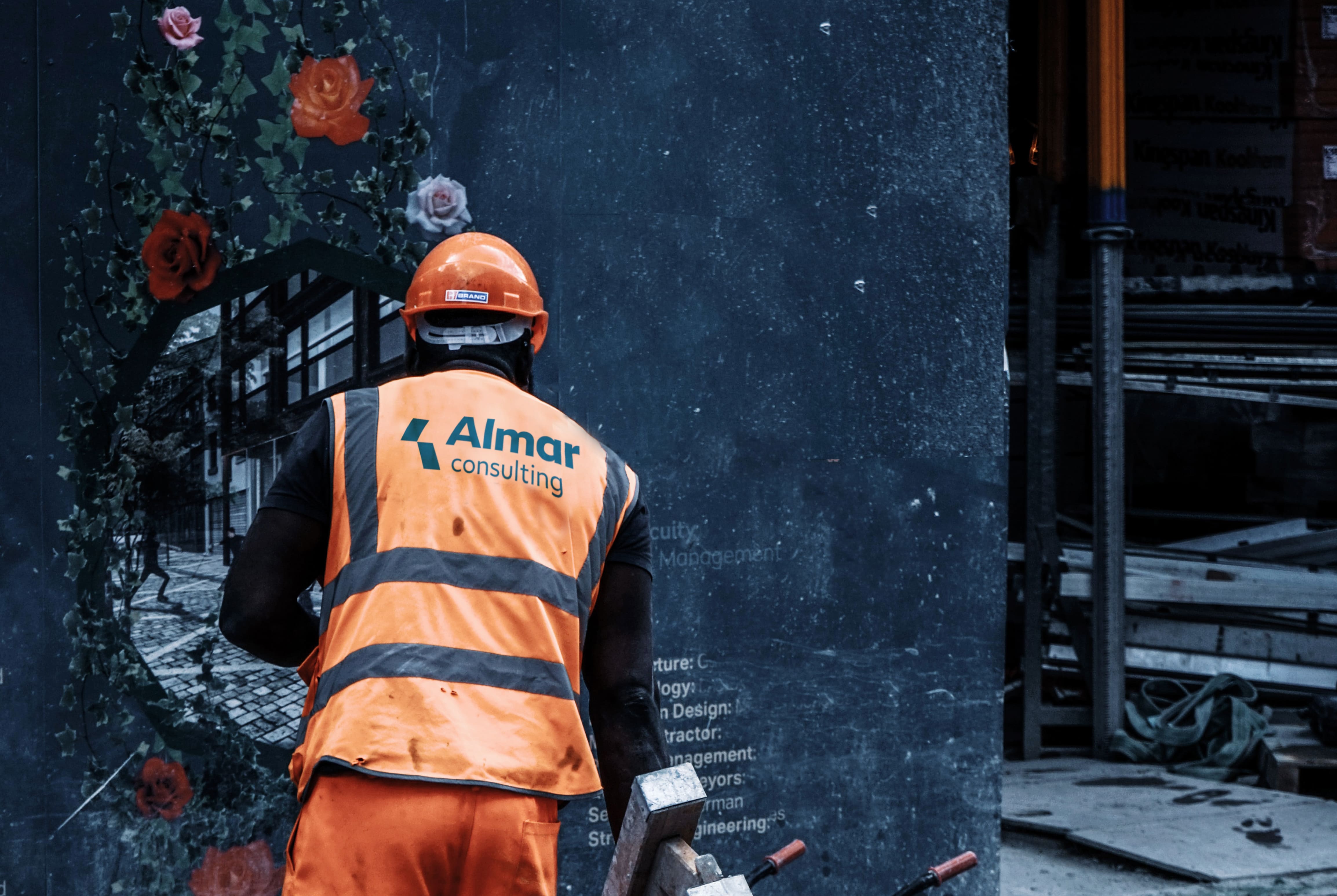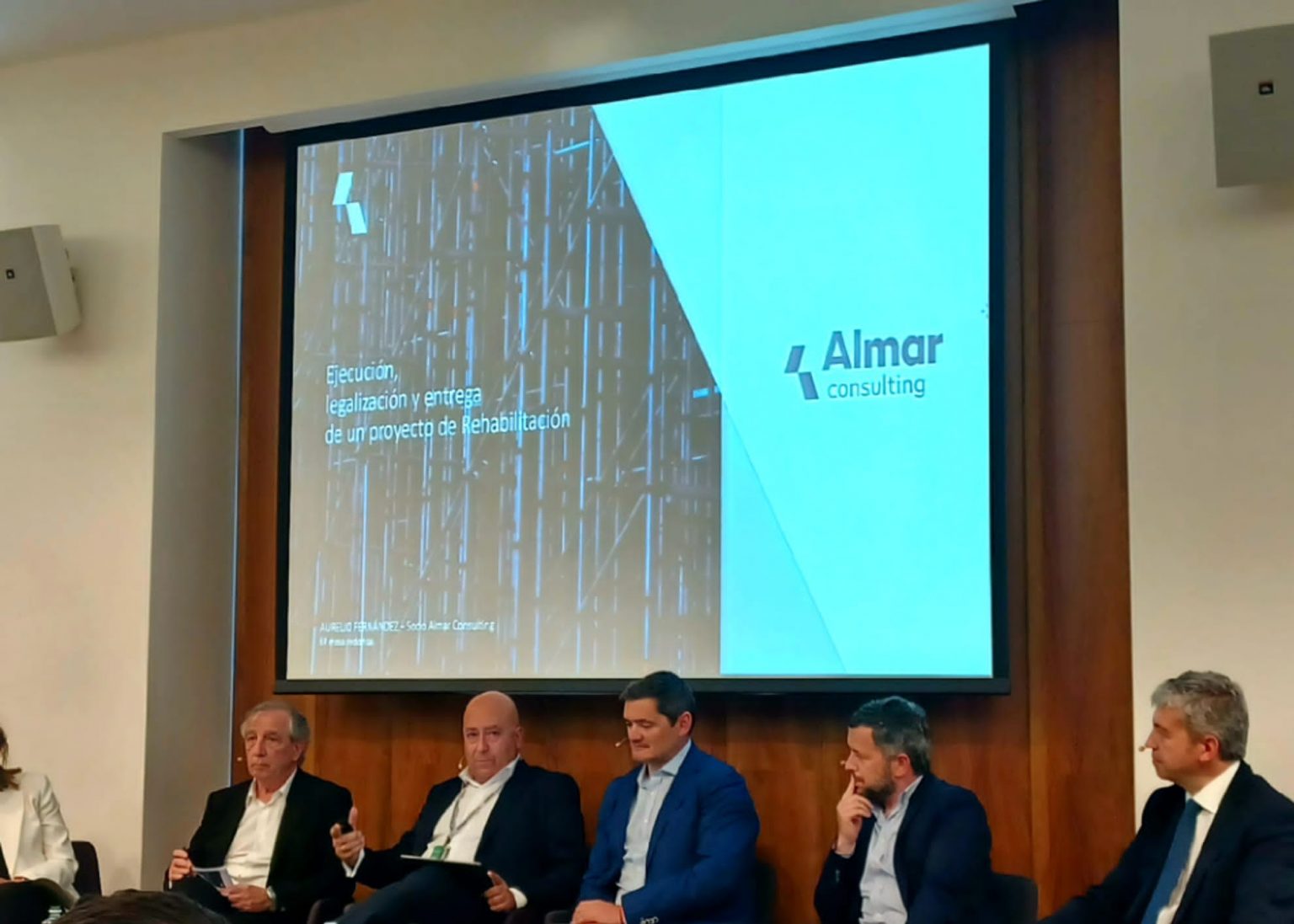This approach advocates the implementation of sustainable practices at every stage of real estate development, ensuring not only a lower environmental impact, but also greater resilience and long-term value.
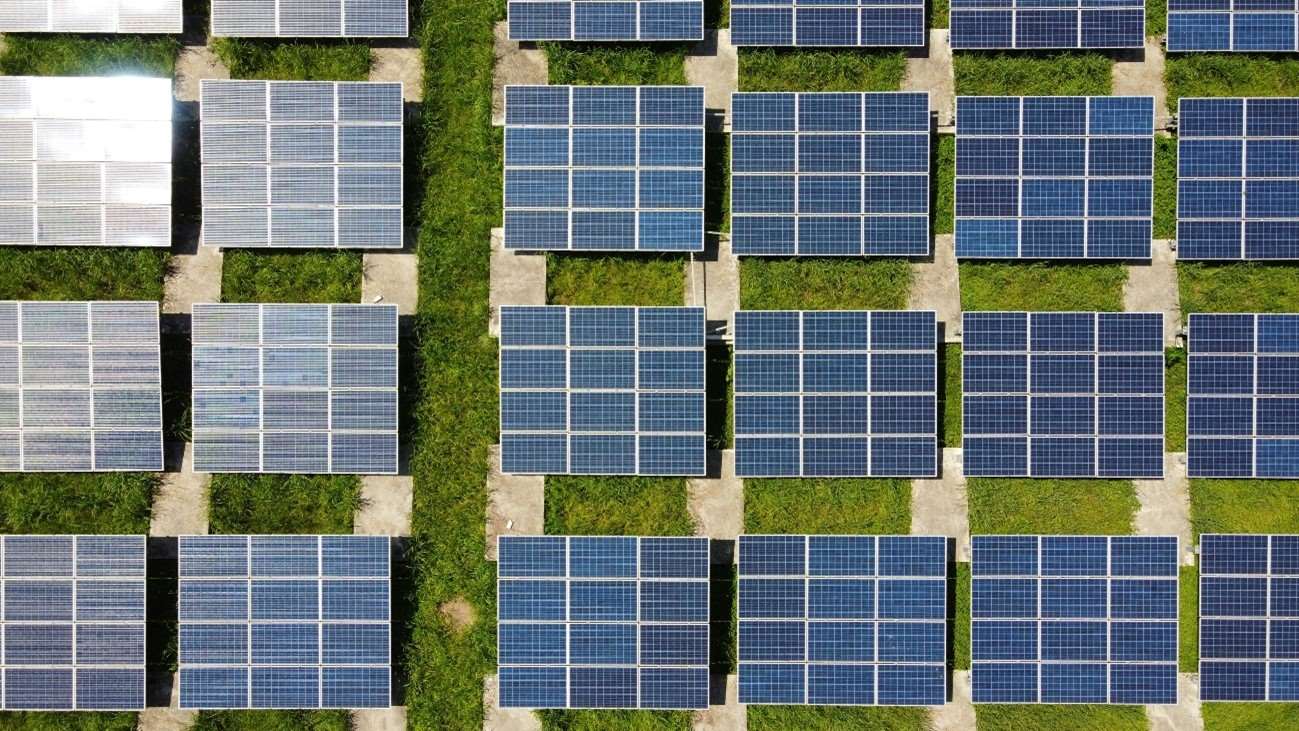
The Integrated Sustainable Project can be seen as a decalogue that guides the construction of more sustainable and efficient buildings. Below, we explore the ten key principles that comprise this approach:
- Passive Design
Passive design takes advantage of the natural elements of the environment (sun, wind, vegetation) to reduce the need for artificial heating, cooling, and lighting. Proper building orientation, efficient thermal insulation, and the use of heat-storing materials are key strategies that minimize energy consumption without compromising comfort.
- Integrated Renewable Energy Technology
The integration of renewable energys into buildings, such as solar panels, wind turbines, and geothermal energy systems, is becoming increasingly common. These systems not only reduce dependence on grid power, but can also make a building self-sufficient, generating all the energy it needs.
- Net-Zero Energy Buildings
Net-Zero Energy Buildings are designed to produce as much energy as they consume throughout the year. This achievement is achieved through a combination of extreme energy efficiency and on-site renewable energy generation, setting an increasingly sought-after sustainability standard.
- Use of Sustainable Materials
The use of sustainable, recycled, and low-environmental-impact materials is on the rise. Materials such as certified wood, recycled concrete, and other innovative building products help reduce the carbon footprint of buildings, contributing to a more responsible built environment.
- Green Buildings and Green Roofs
The implementation of green roofs and living walls not only improves thermal and acoustic insulation, but also reduces the urban heat island effect and improves air quality. These elements provide additional green space in dense urban areas, creating healthier and more aesthetically pleasing environments.
- Water Management Technologies
Efficient water management is another fundamental pillar. Rainwater harvesting, greywater treatment and reuse, and efficient irrigation systems are essential strategies for reducing drinking water consumption in buildings, ensuring responsible use of this vital resource.
- Modular and Prefabricated Design
Modular and prefabricated construction reduces waste, optimizes resources, and shortens construction time. These methods also facilitate the implementation of sustainable standards in component manufacturing, making the construction process more efficient.
- Sustainability Certifications
Sustainability certifications such as LEED, BREEAM, and Passive House are increasingly in demand. These internationally recognized standards ensure that buildings meet the highest sustainability criteria, improving not only their efficiency but also their market value.
- Smart Technology and Automation
Automation and the use of smart technology allow for precise control of energy consumption, lighting, HVAC, and other systems. This optimizes resource use and improves energy efficiency, making buildings more sustainable and comfortable for their occupants.
- Design for Dismantling and Reuse
Design for dismantling and reusing materials facilitates the future adaptation of buildings, reduces waste, and extends the life of building components. This approach promotes a circular economy in construction, where materials are reused efficiently and responsibly.
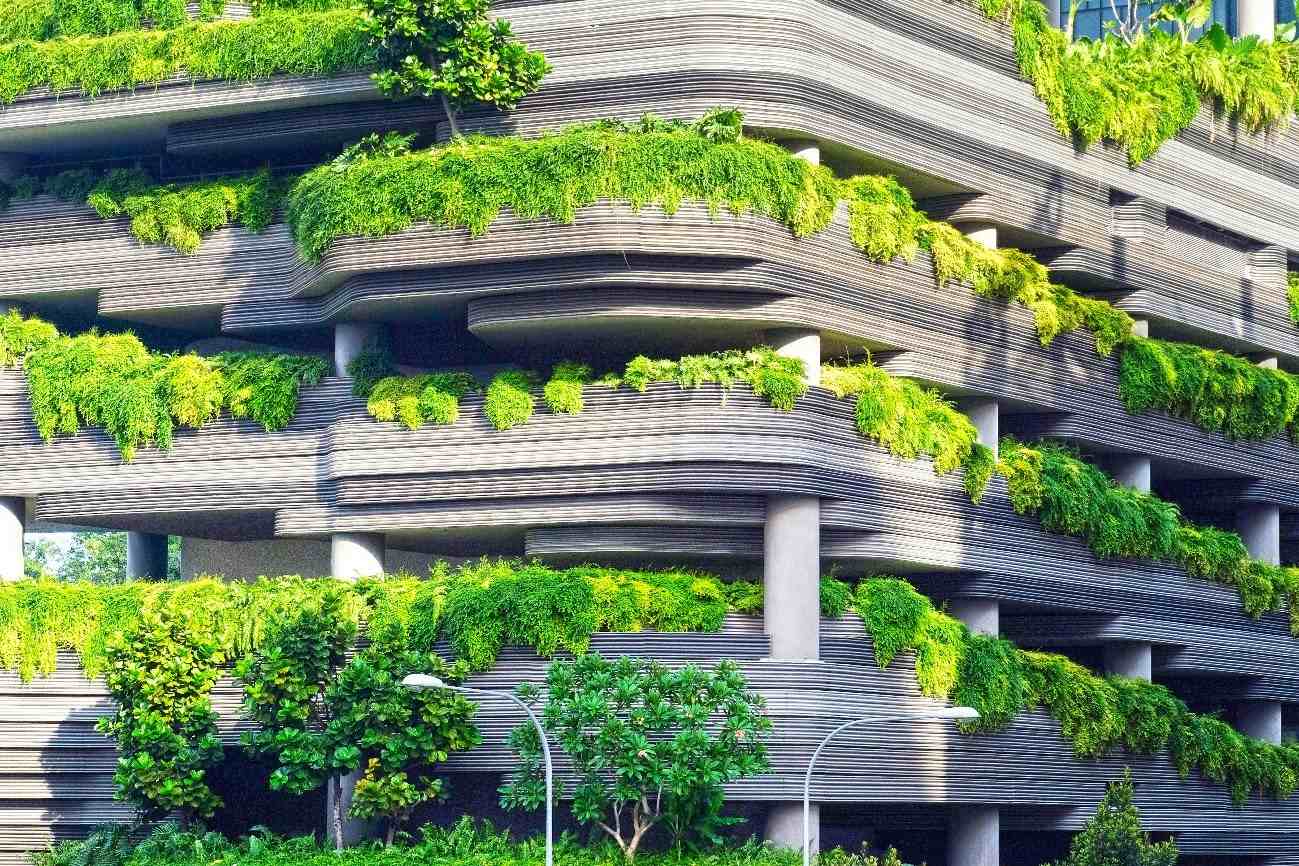
Implementing these principles in real estate projects not only responds to the climate emergency, but also represents a strategic investment. Buildings that follow these guidelines will not only be more efficient and sustainable, but will also have greater long-term value, making them more attractive to environmentally conscious buyers and tenants.
As real estate professionals, we have a responsibility to lead the change toward more sustainable and responsible construction. At Almar Consulting, we are committed to implementing these practices in each of our projects, ensuring they are sustainable, efficient, and responsible from design to decommissioning. Together, we can build a greener, more prosperous future.
